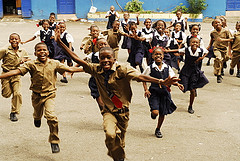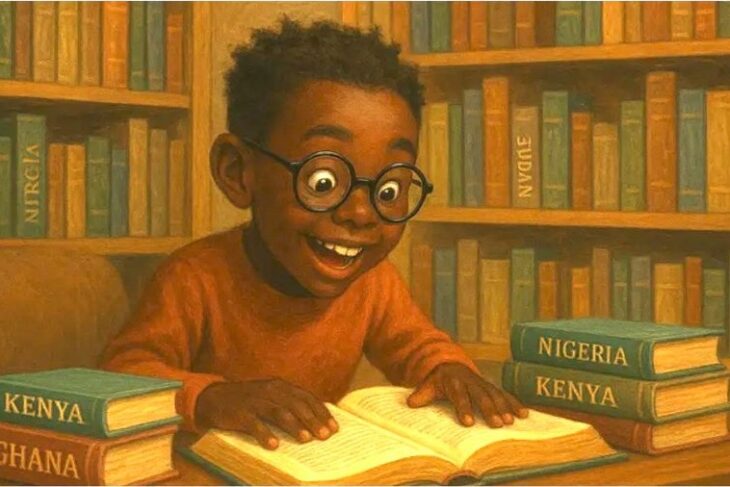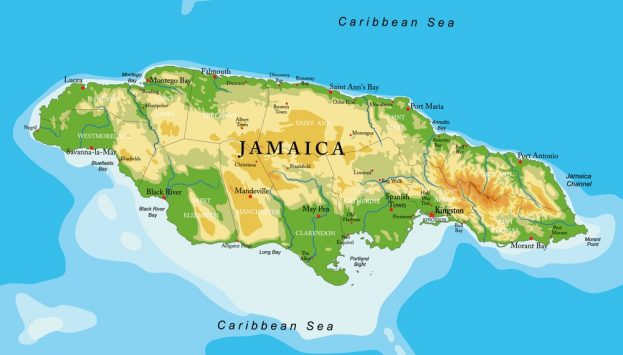
I work with six to 15 ten-year-olds on a daily basis and older youth, 16 to 21 occasionally. Coming from another country, and having worked with children for almost 15 years, one of the things that surprised me the most here is the way children handle conflict.
Conflict in the younger age group is often over who has rightful possession of objects.
These conflicts involve name-calling and sometimes end in physical altercations and even stone-throwing. Usually, once a resolution is made, the conflict is forgotten. I can’t blame the children at this age for their behaviour because I believe that children act the best they can based on what they know and the support they are given. They know conflict because they are accustomed to seeing it. The behaviour they exhibit is learned behaviour based on the different environments and people they interact with.
Conflict in the older age group can be quite serious and can come from a deep and long history of disagreement that may even precede the children themselves in some cases, for example in a territory war. More commonly, these conflicts are based on the complex changes occurring with teenagers. Conflicts are more likely to occur from self-esteem issues and bullying.
These conflicts may be lengthy and often involve hurtful words, and sometimes serious physical fights as we have witnessed in my work. The children and young adults in this group are displaying learned behaviour and social norms but are also responsible for their choices and their actions.
No matter the age group I work with I try to remain compassionate, non-judgmental and positive. I always try to model the skills I am trying to teach.
I recently completed a 12-week Yoga Teacher Training here in beautiful Jamaica. It was physically and emotionally tiring to practice four to five days a week at the studio while also trying to maintain a daily home practice. My objective of the training was to come out with a deeper knowledge of yoga so I can better teach and share the practice with others.
Yoga teaches us how to have a deeper relationship with a higher spiritual power through coming closer to the essence of our true selves which are inherently good. Yoga uses a series of postures called asanas to help connect the mind and body using the breath. One of the ways we come closer to our true essence is through meditating and silencing of the modifications of our minds which cloud the way we perceive the world and ourselves.
One of the activities I like to do with the younger children is a meditation minute — a five-minute meditation with a script designed specifically for young children. Some of the titles include “Peaceful Butterfly” and “Pausing to Understand Anger.” Though weary at first, many of the children have become quite mindful of the practice and use the time to sit in safety and silence. Others struggle a bit more with the silence but even introducing them to the idea of mindfulness is important. The goal of the meditation is to expose children to the idea of pausing to breathe deeply at any point, especially when experiencing feelings of anger.
One of the practices I try to model and teach the children is to use words to work through conflict. This doesn’t mean using words as a weapon but as a means of healthy communication and self-expression. In our different programming we try to promote other methods of healthy expression like art and exercise.
Yoga and mindfulness practices can be introduced to schools all around the island. Jamaica is a country that values sports and physical education and is currently trying to promote more of a healthy lifestyle through the “Jamaica Moves” campaign. The physical aspect of yoga will therefore be easy to understand and accept. In terms of the spiritual and mental benefits, studies suggest that kids who practice mindfulness develop positive traits such as increased self-control, better attentiveness in class and more empathy and respect for others. I am sure there is not a parent or teacher out there who would not want their children displaying improvement in any of these areas.
Jamaica needs to get serious about the values that children are learning. There have been recent pushes to improve the culture of Jamaica such as NIA’s current “Integrity is doing the right thing when no one is looking” but more has to be done. Practicing yoga and meditation with school-aged children is a way to contribute to healthy social development and well-being. If more Jamaicans practice Ahimsa (Sanskrit for non-violence) Jamaica would become a safer, happier, more peaceful place.



